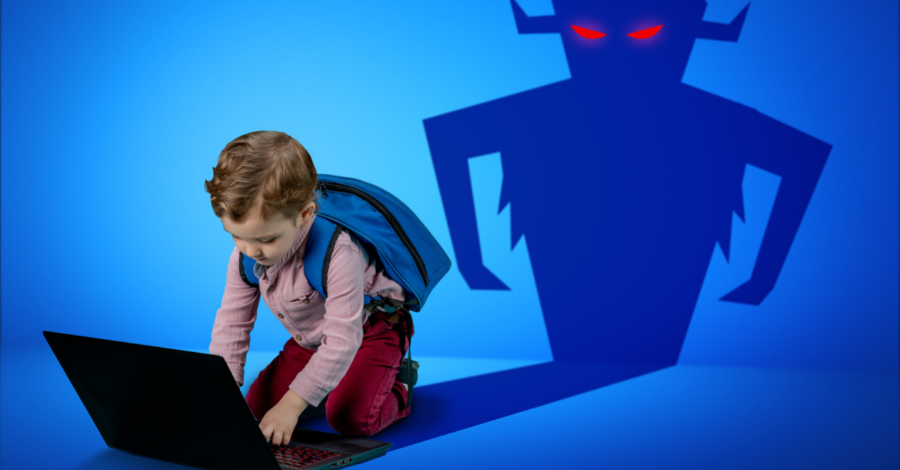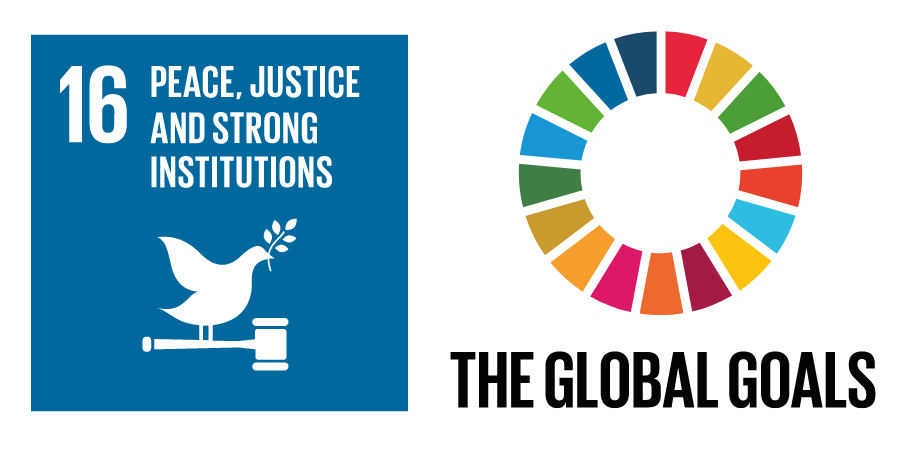With nowhere to go, the internet and social media became the users' most powerful connection to the outside world and loved ones. This specifically applies to kids and young adults. Despite the fact that social media has created a much-needed vent and platform for online studying during this period of isolation and loneliness, expanded social media usage is not without consequences.
Internet: a safe haven from The virus, but from the violence? Hardly.

Children's protection from all kinds of abuse and sorts of discrimination is codified in different documents and conventions across the globe. One of those conventions is certainly the United Nations’ Convention on the Rights of the Children. On the other hand, the importance of reduction of all types of aggression and violence and their associated death rates globally, has also been acknowledged and highlighted by the United Nations’ Sustainable Development Goals.
Violence toward children has no regard for community, education, wealth, and class or ethnic heritage. It also occurs in all kinds of institutions, from schools and homes to institutions related to social care and children protection. With teenagers turning to the internet to do their school work and stay connected with others during COVID-19 outbreak, we certainly can bear witness to online or cyber violence.
Internet is no longer a safe place (if it ever was – it also contains all kinds of viruses!). Every appearance on the web comes with some risk. To develop forms aimed at improving kid’s and teenager’s safety on the Internet, we first need to gain a greater and stronger understanding of the essence, severity and causes of cyber violence towards them. To sustain that, in the first place, we need to be able to recognize cyber violence and to know how to protect ourselves.
According to some surveys, one in every five European adolescents is exposed to cyberbullying, and girls are 27 times more likely to be abused online across the globe. Grooming, sexism, hate speech and cyber stalking are just some types of cyber violence that can harm and leave massive real-life consequences. Since online spaces are still considered different from the “real world”, victims are usually feeling unable to speak out. As a result of that, violence remains unreported.

As a part of supporting the specific target goals of the United Nations’ Sustainable Development Goals that tend to end all forms of violence against children and to increase their protection, we present you 5 tips on how to protect yourself on the internet.
#1 Protect your webcam - one of the simplest and most powerful preventative steps from potential hackers of your webcam is a sheet of opaque tape or a webcam mask to cover it.
If the #2 Don’t check-in in real time checking - in at particular sites, when you’re actually there, is just what a cyber-stalker wants. If you want to tag location on Facebook or Instagram, do so after you left the venue.
#3 Learn to detect bot accounts - behind the bot account can be anyone in the world and that’s why it’s important to be able to recognize it. Bot accounts usually have few followers but they follow thousands. They don’t post much, and don’t comment.
#4 Suspend abusive accounts If you have experienced any kind of harassment on social media, suspend, block or report abusive accounts.
#5 Switch to private accounts - Most social media platforms have the option to switch to private accounts. That means that nobody can follow you (back) without your permission.
#LAST BUT NOT LEAST: Create a safe place for those who have experienced cyber violence. Be there for others, listen and take action if needed!


